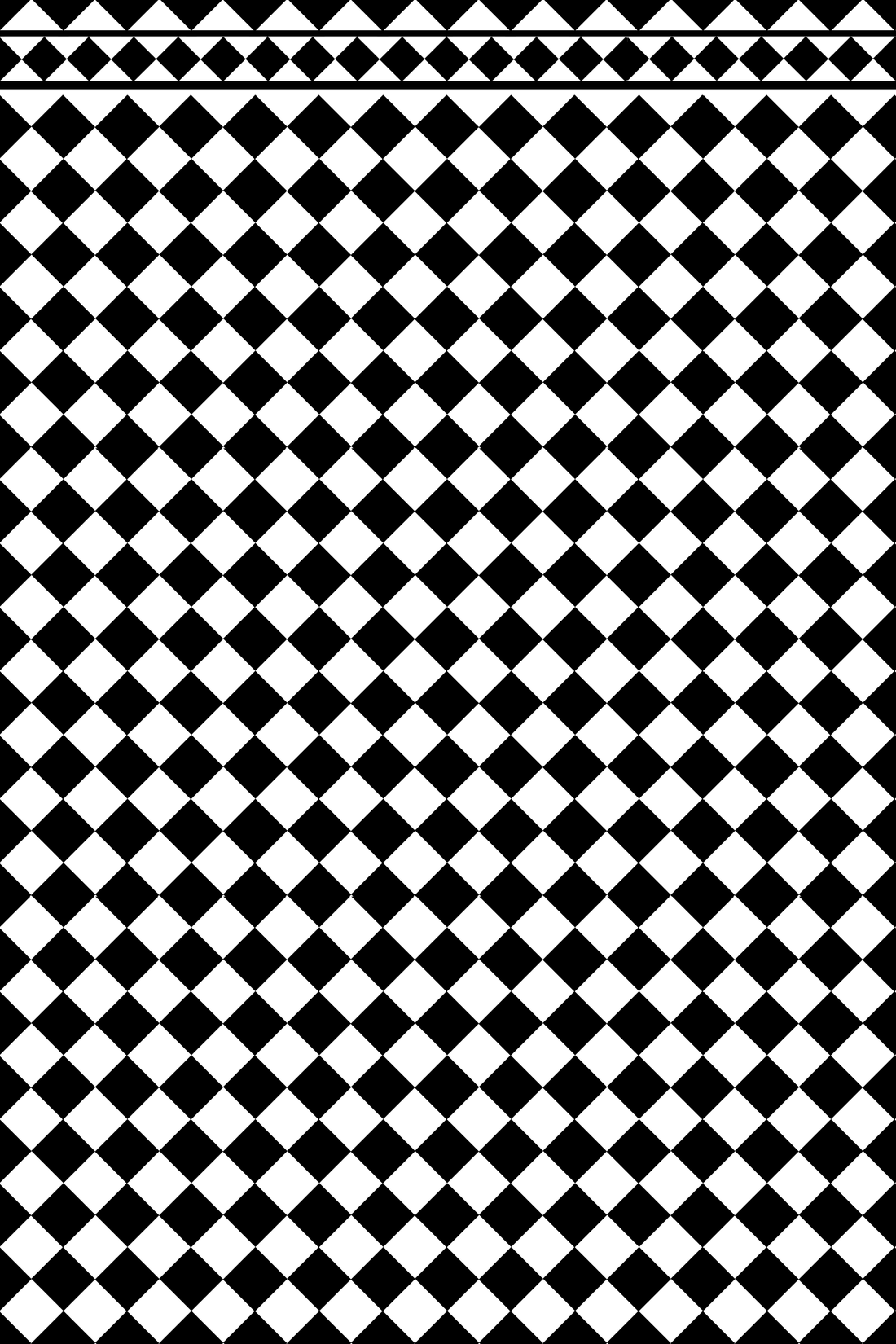
Designer Q&A: Holland Street
Share
Designer Q&A: Holland Street
Questions and Answers with Founder, Lauren Barfoot
Q: What is the foundation of your creative practice at Holland Street Studio?
A: My practice, established in 2011, revolves around developing wearable, engineered textile print designs. This approach was refined during my studies at the Royal College of Art and further honed through my experiences at Alexander McQueen and as Head of Print for Zandra Rhodes.
Q: Can you describe your design process?
A: I start with large-scale, hand-drawn prints, which are then transformed into three-dimensional, wearable pieces. My design philosophy embraces minimalising waste production methods, utilising digital print technology to ensure efficiency.
Q: How do you approach garment construction and inclusivity?
A: My designs predominantly feature loose-fitting silhouettes inspired by eastern dress. These garments are gender-free, one-size, and fully inclusive, ensuring timeless relevance throughout history. Kaftans and kimonos are what make Holland Street.
Q: What is your stance on sustainable fashion?
A: Many perceive sustainable fashion as a compromise, but I advocate for conscious consumption—buy less, but buy better. I believe design should be beautiful in both consumerisation and production processes.
Adhering to design and production formulas and processes has allowed me to approach fashion from a commercial perspective. As a self-taught seamstress, I resonate with fashion designer Paul Poiret’s (1879–1944) views on the relationship between dress and art, best summed up by his quote: “Dresses are like pictures; there is only one place where you can put a splash of colour. Here or there is not good enough; it has to be precisely placed.” I consider these elements carefully while designing cuffs, belts, and collars to ensure meticulously engineered garments.
Q: Where do you draw inspiration for your prints?
A: My prints often convey themes and concepts through patterns, drawing from cultural and social contexts. While In the past I frequently explore 20th-century Japanese graphic design, I remain open to inspiration from all artistic movements, I take inspiration from memories as well as habitants such has growing up in Dorset and cambriosge, as well as textile patterns that have been influential in my life.
Q: How does your work aim to create an immersive and emotive experience?
A: I am committed to crafting an exciting journey that blends adventure, humour, and fun through print design. My aim is to capture the mood and stories of adventurous times, weaving energy and narrative into every piece. The sensory and emotional aspect of what we wear and how that can have an impact on confidence to comfort to productivity to fun is becoming more and more important and influencing.
Q: What is the core ethos of Holland Street Studio?
A: Our ethos is rooted in experimental, engineered textile compositions, vibrant prints, and meticulous craftsmanship. We aim to create delicate beauty that is bold and brave.
Q: How has Holland Street Studio been recognized in the industry?
A: BBC Culture Journalist Liza Foreman described our brand as “one of the designer brands taking the kimono into the future,” and The Financial Times praised our garments as “kaftans and kimonos that capture the zeitgeist.”
